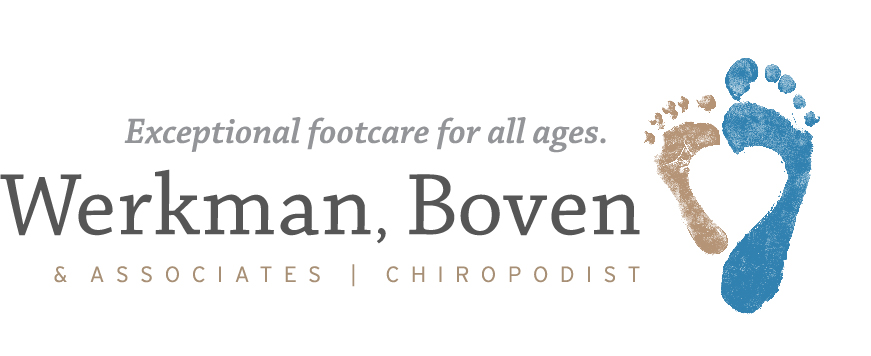Foot Related Treatments
Nail Surgery for Painful Ingrown Nails
What is an ingrown toenail?
Ingrown nails result from the toenail being driven into the toe by shoes (or boots) that are too tight. They occur most frequently alongside the big toe. The nail cuts into the side of the toe, creating a shooting pain as it puts pressure on the nerves. Ingrown toenails may also be caused by injury, fungal infection, psoriasis, heredity, or poor foot structure. Learn more about ingrown toenails.
Why is ingrown nail surgery sometimes necessary?
Chronic ingrown nails can lead to health issues, mainly if an infection is present. These complications can become severe, especially in people with diabetes, circulatory issues, or immunity problems.
In these cases, the chiropodist may remove a portion or all of the offending nail(s) to alleviate the pain, infection, and potential for other issues.
What happens if it isn’t treated?
- Infection may begin or spread to the foot, leg, or into the bloodstream
- The nail plate may be lost or damaged from the infection or inflammation
- Chronic ingrown nails can cause deformity of the nail plate and surrounding soft tissues
- A small benign tumour called a granuloma can form along the nail margin
WARNING: Video contains graphic content
If you are curious about the ins and outs of nail surgery, watch the time-lapse video showing our chiropodist, J. Richard Werkman, performing nail surgery at our clinic.
What is ingrown nail surgery?
The offending nail spike, or the entire nail, is removed to relieve your ingrown nail pain in the surgery.
- Ingrown nail surgery is painless, as the toe is “put to sleep” using a local anesthetic.
- During the procedure, a chemical is applied to ensure that the nail’s ingrowing part does not grow back
- Post-operative discomfort is minimal, and any discomfort can be treated with over-the-counter pain medicine
- The wound heals in four to six weeks. During the first week, it is dressed with a bandage. Some cases may require an oral antibiotic, which your Chiropodist can prescribe.
- After healing, the nail is regular in appearance, slightly narrower than before (unless your chiropodist recommends removing the entire nail)
When it’s time to look for a permanent solution to your persistent ingrown toenails, look no further than Werkman Boven Foot & Orthotic Clinic.
Richard Werkman and Kaitlin Boven are Licensed for Nail Surgery, Local Anesthesia, and Injections to the foot.
Articles of Interest
The Relief of Ingrown Toenail Surgery
Ingrown toenails, medically known as onychocryptosis, can cause significant .....
Surgical Solutions
At Werkman, Boven & Associates, we provide exceptional foot .....
Nail Surgery: Permanent Ingrown Toenail Solution
Are you constantly battling painful, infected ingrown toenails? .....

